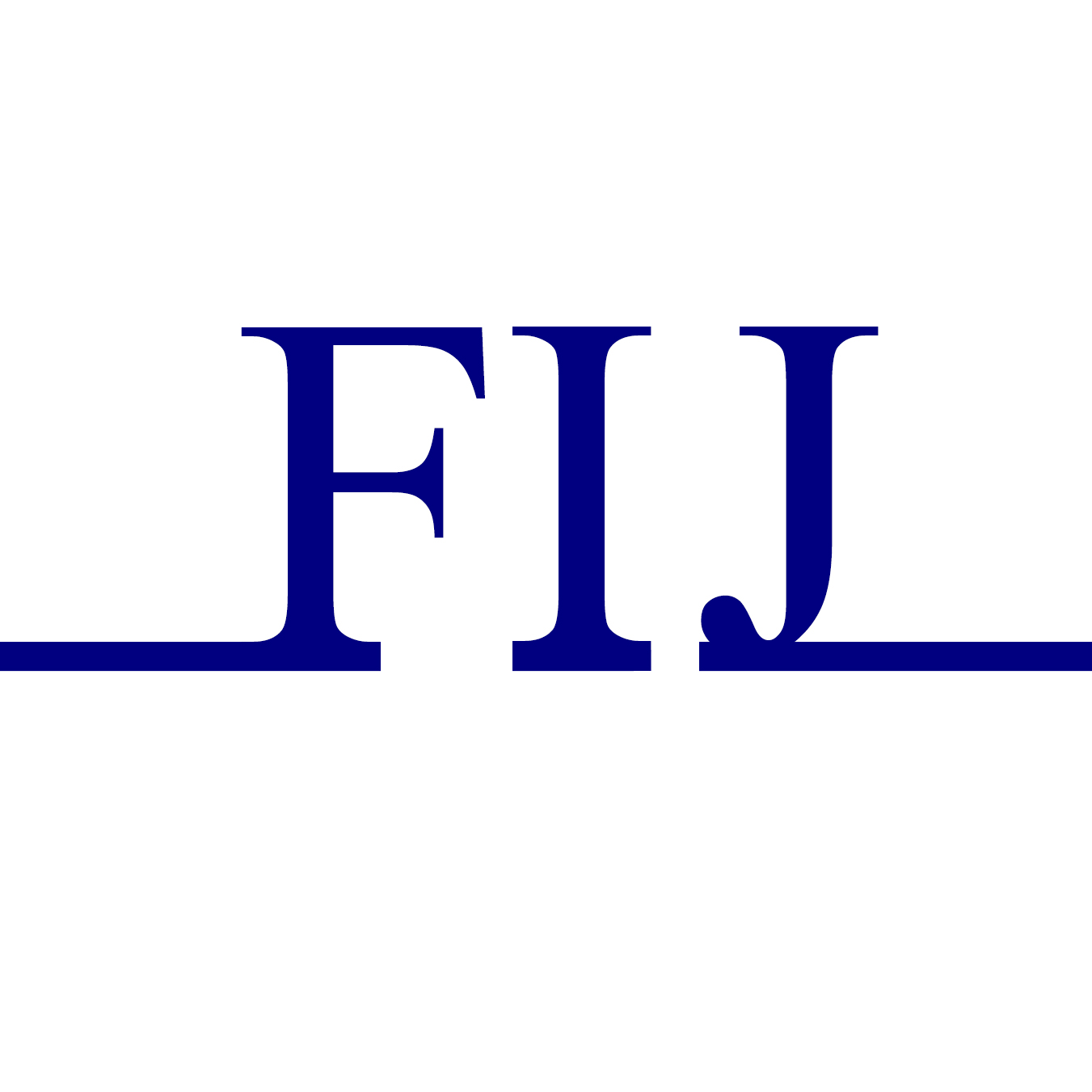

Feldenkrais®
Människa i rörelse
Människa i rörelse

Feldenkrais I Järfälla
©2022 Feldenkrais I Järfälla och SCANDES AB; Webmaster och ©bild GPtak
Advanced training with François Combeau (Feldenkrais trainer)
In STOCKHOLM (Sweden)
April 2 – 6, 2016
Theme: The Head, a periscope to sense the outside world.
Keeping head and neck free and mobile
When true verticality returns, the head, the bearer of the sensory functions, recovers total freedom of movement. When man discovered true verticality, he considerably expanded his field of observation and action. This new orientation relative to gravity led to the development of the front of the brain and gave access to the higher functions of the central nervous system. The head, which bears the sensory organs, has acquired total freedom of movement, broader visual and auditory fields and the perception of contrasts. It swivels on the seventh cervical vertebra, which provides the "unstable stability" for it to remain upright without having to be held up by the neck muscles.
Read more here:
Theme for 2015
Utskick 1 FC 2015
Info 2015 eng
François Combeau advanced 2015 in Stockholm,
28th of March – 1st of April.
The Shoulder Joint : It’s Freedom, Mobility, Neutrality
Thanks to it’s structure, the shoulder joint, which connects the arm to the ribcage,
allows the arm to move in many directions in space.
It’s liberty determines the ease and fluidity of these movements, not only of the arm and the hand,
but also of the fingers, be it for grasping and moving objects, the efficacy of gests in certain sports,
the quality of drawing, or the fluidity and precision of playing a musical instrument, etc…
When the shoulder girdle is in it’s neutral or relaxed state, the respirati
on is able to develop with more ease and comfort.
Read more here:
Theme for 2016
Utskick 1 FC 2016
Info 2016 eng
OBS! Alla aktiviteter under denna flik är avsedda enbart för
Feldenkraispedagoger.
NOTE All activities under this tab are exclusively for Feldenkrais Practitioners.
Advanced training with François Combeau (Feldenkrais trainer)
In STOCKHOLM (Sweden)
April 1 - 5, 2017
Theme: A mobile Head, an alive, expressive and relaxed Face
When true verticality returns, the head (the bearer of the sensory and expressive functions) being functionally supported from the feet, recovers total freedom of movement.
By standing upright man expresses his specificity. he considerably expanded his field of observation and action
Its new balance and great freedom of movement, allowed a considerable development of the sensory functions and in particular the widening of visual, auditive and locative fields, the depth perception and clearness of contours… Consecutively, it gave the possibility of increasingly fine differentiation of the facial organs, given Man access to articulated language, the vehicle of thought, and facial mimicry expressing all kind of emotions becoming language by itself and the mirror of our major dynamisms and the instrument of an authentic dialogue.
Read more here:
Info 2017 eng
Utskick 1 FC 2017
Theme for 2017
Advanced training with François Combeau (Feldenkrais trainer)
In STOCKHOLM (Sweden)
April 11 - 15, 2018
Theme: “To live in freedom, breathe in freedom …”
«Go beyond what is breathing, there you will find breath» (Shri Aurobindo)
Breathing is a universal, dynamic process in which man is included. It manifests itself in us through respiration,
apparent as inhalation and exhalation. This is indeed a two-way flow between the inner and outer worlds,
a gateway to all. This dynamic process does not belong to us. It is a cycle triggered without any intervention
of the mind and sustained beyond our control. Yet we can intervene through voluntary muscles which shrink or expand spaces and impose shapes. ….
This duality can be difficult to accept at times. All our work on breathing, the changes we are seeking and the control
we are striving to acquire should never relegate breathing to a possession - under the ownership of the Ego -
or a creation of the mind.
When breathing loses its natural rhythm and spontaneous dynamism, it loses its linking function and rapidly
becomes an ill-adapted response to our needs "here and now".
Read more here:
Info 1 FC 2018 eng
Utskick 1 FC 2018
Theme for 2018
Advanced training with François Combeau (Feldenkrais trainer)
In STOCKHOLM (Sweden)
April 10 - 14, 2019
Theme: " Being open to the World around us "
We live, breathe, move, act… within the world that surrounds us, a world of infinite
richness and therefore of great complexity.
It’s impossible to live closed in upon ourselves, separated from this world; we are as one with the world and are unable to exist without it.
To engage in self-development, to learn how to better organise ourselves for action and in
our daily lives, improving performances, our efficiency… this is a process which only
makes sense if through these developments we allow ourselves real changes in our
relationship to the environment surrounding us.
The essence of our well-being is to be in continual dynamic interaction with the world in
which we are evolving; to be nourished and influenced by it while at the same time being
conscience of the consequences of our actions upon our environment.
Read more here:
Info 1 FC 2019 eng
Utskick 1 FC 2019
Theme for 2019
Theme for 2020
Utskick 1 FC 2020
Info 1 FC 2020 eng
Advanced training with François Combeau (Feldenkrais trainer)
In STOCKHOLM (Sweden)
April 1 - 5, 2020
Theme: “The Thoracic Spine mobilities and differentiations”
The spine of the human being is extremely articulated.
The differentiated mobility of its different segments is determined and conditioned by the
design and shape of the articular surfaces at the level of each vertebra.
From this point of view, the preferred mobility of the thoracic or dorsal spine is torsion.
This is the only part of the spine that can really do it.
This gives it a vital role in managing any rotation, and therefore the relationship to the environment around us and to others.
In addition the thoracic spine assists the mobility of our head,
facilitating the sensory and expressive organs to explore the 360 space around us.
The thoracic spine is also the place of anchorage and articulation of each rib.
As such, this part of our spine actively participates in the development of breathing,
the management of arm and head movements, and the expression of emotional experiences.
Finally, it is an essential link in the chain of transmission from the feet to the head,
an unavoidable passageway for all the forces coming from the pelvis, the head and the limbs.
Being the place of insertion of numerous bundles of fibers of the trapezius muscles,
it is often influenced and conditioned in its mobility by the relational issues and emotional stresses....
Read more here:














